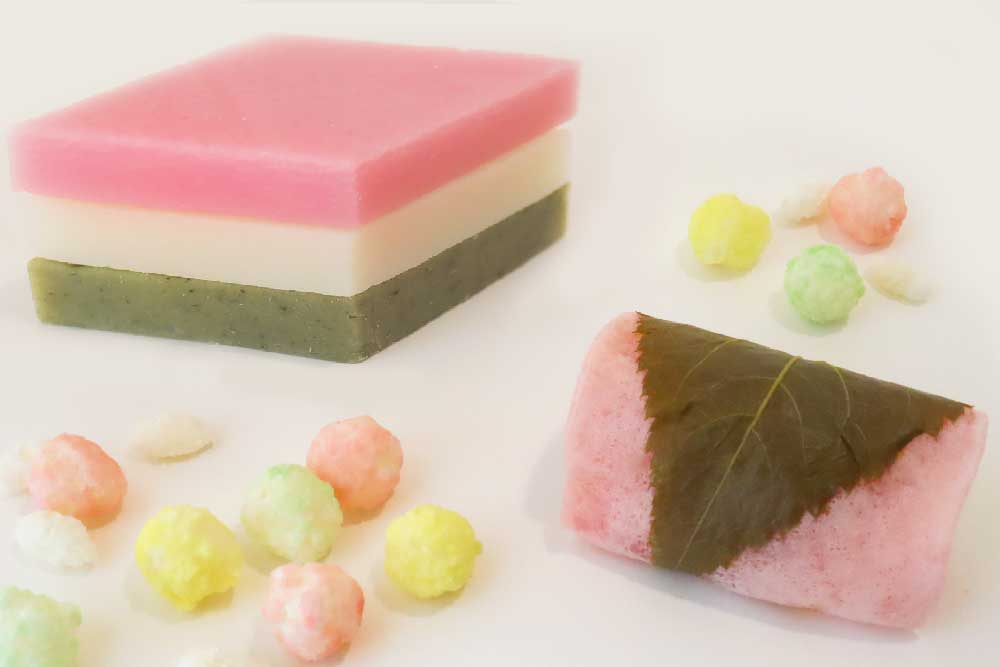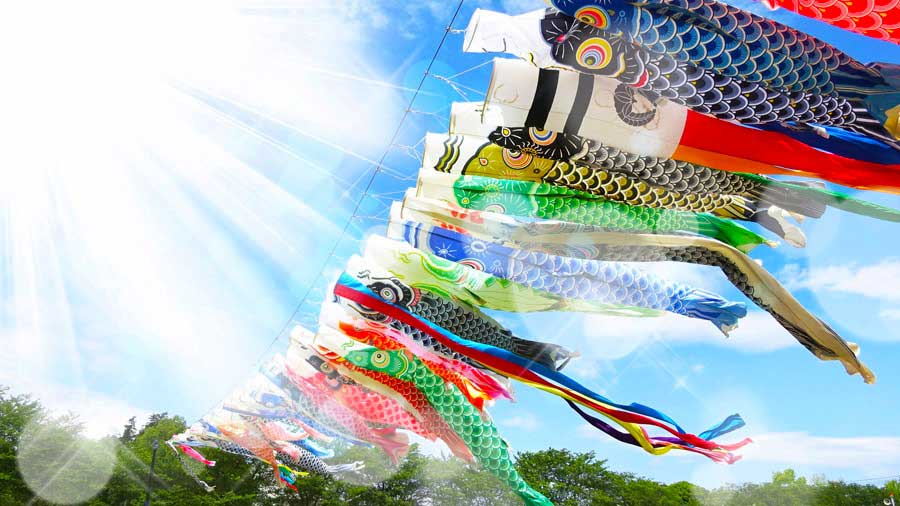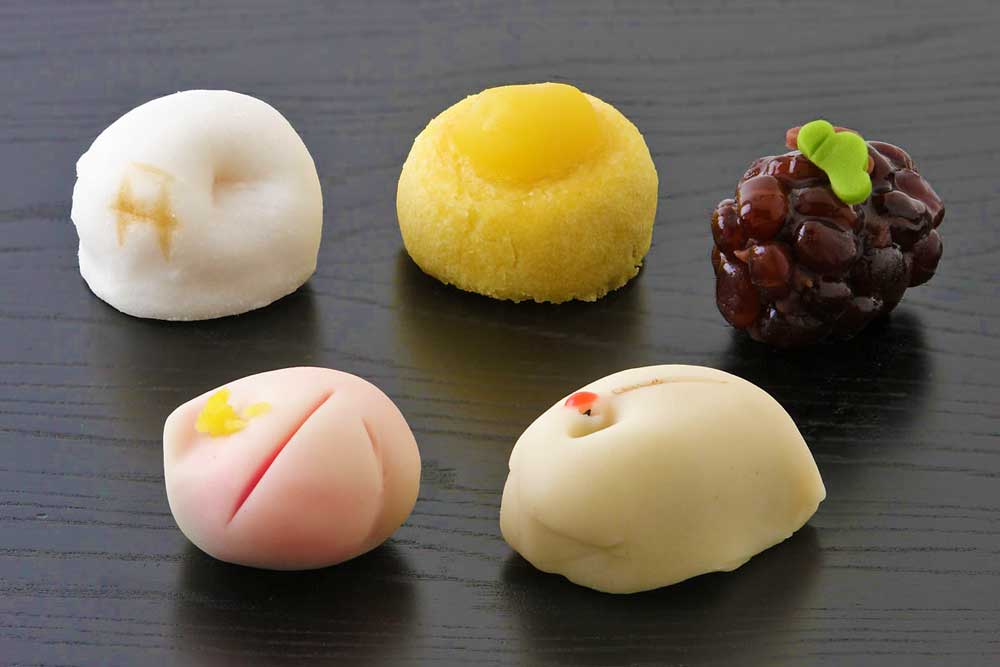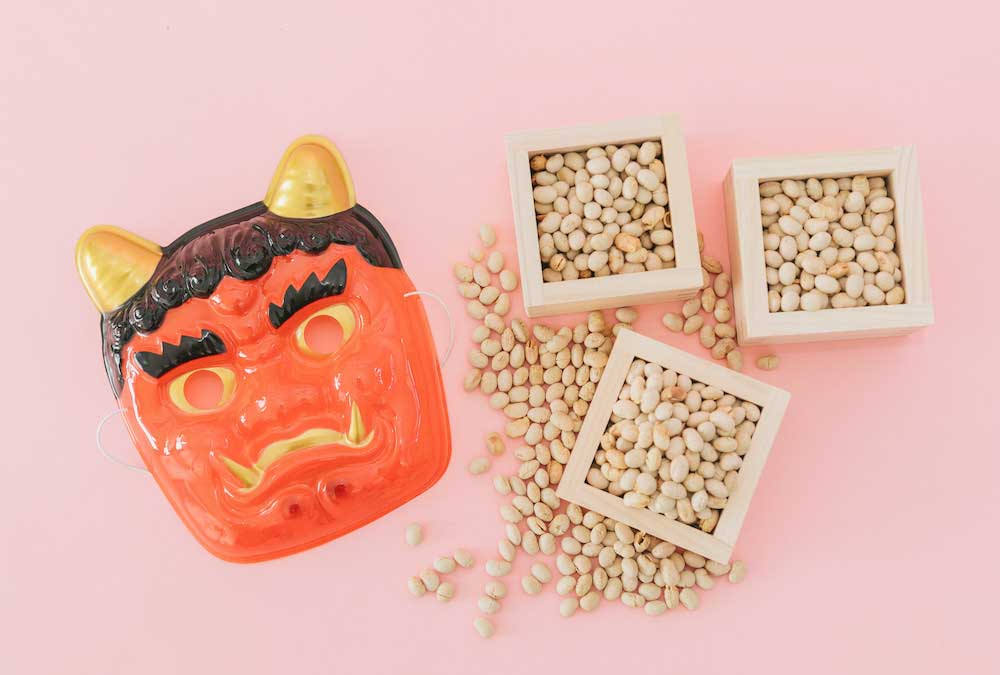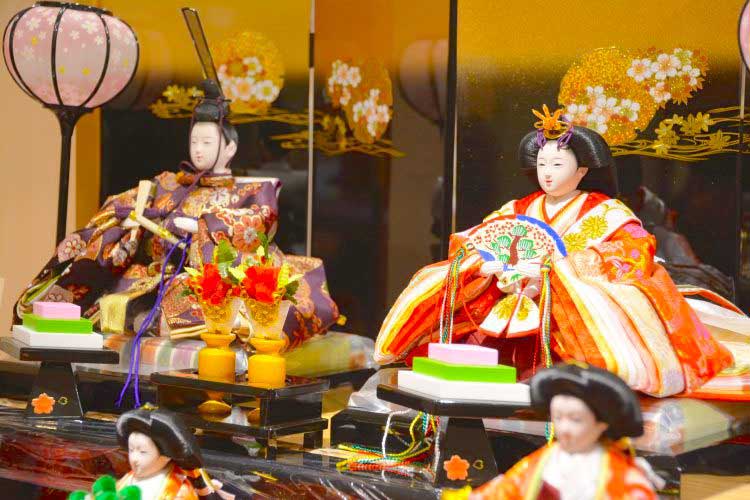
女の子の健やかな成長と幸せを願う日本のお祭り、「桃の節句/ひな祭り」。
今でも脈々と受け継がれている伝統的な行事のひとつであり、女の子がいる家庭では、雛人形を飾ったり、カラフルな色合いが美しい菱餅、ひなあられ、ちらし寿司を食べてお祝いします。
今回は、そんな「桃の節句/ひな祭り」について英語で説明する表現をご紹介していきます。
ご興味のある方は、当サイトで 英語クイズ(5000問) を出題しておりますので是非ご覧ください。
目次
ひな祭りの簡単な説明
ひな祭りは一般的に、Doll festival や Girls’ festival 、Girls’ Day などと訳されます。
最も簡単な言い方としては、「女の子の成長と幸せを願う(祝う)お祭り」で、
- a festival to pray for young girls’ growth and happiness
- an annual event for celebrating girls’ growth and good health
- an occasion to pray for young girls’ growth and happiness
などがあります。
Hina-matsuri is an annual event at which people pray for the growth and happiness of young girls’ growth and happiness.
(ひな祭りとは、女の子の成長と幸せを願う年中行事です。)
On March 3, parents celebrate their daughters’ healthy growth and happiness by displaying hina-ningyo (traditional dolls) at home.
(3月3日に、女の子のいる家庭では、自宅に雛人形を飾って女の子の健やかな成長と幸せを祝います。)
Families with girls display beautiful dolls in ancient court costumes called hina-ningyo at home.
(女の子のいる家庭では、古代の宮廷の衣装を纏った美しい雛人形を飾ります。)
Most families with little girls celebrate their daughters’ growth by displaying hina dolls on tiers of shelves with scarlet/red carpets.
(多くの女の子のいる家庭では、朱い毛氈を敷いたひな壇に雛人形を飾って女の子の成長を祝います。)
To pray for the healthy growth and happiness of their daughters, parents display traditional hina dolls, and special dishes prepared for the festival are eaten together with close friends.
(女の子の健やかな成長と幸せを願って雛人形を飾り、ひな祭り用のお料理を親しい人たちといただきます。)
At Hina-matsuri, hina dolls and peach blossoms are displayed, and hishimochi (diamond-shaped rice cakes), hina-arare (rice cake cubes), chirashizushi (scattered sushi), broth with clams, and shirozake (white sake) are prepared.
(ひな祭りでは、雛人形や桃の花を飾り、菱餅、ひなあられ、ちらし寿司、はまぐりのお吸い物、白酒などが用意されます。)
Tiered platforms for hina ningyō (hina dolls) are set up at home, and families celebrate with eating hishimochi, hina-arare and chirashizushi and drinking shirozake.
(自宅にひな壇を飾り、菱餅、ひなあられ、ちらし寿司を食べ、白酒を飲んで家族でお祝いします。)
ひな祭りの由来
ひな祭りは、もともとは「上巳の節句」といって、男女の関係なく「邪気を払う行事」として行われていました。
そのルーツは古代中国までさかのぼり、陰陽五行説をもとに、漢の時代から季節の節目に沐浴して邪気を払うという慣わしがあったのですが、それが平安時代に日本に伝わり、陰陽師などで知られる「ヒトガタ(人形)」に厄災を移し身代わりとして川に流す「上巳の祓い」と、貴族の子女の人形遊びが合わさり、今でも京都の下鴨神社や日本各地で行われている「流し雛(または雛流し、雛送り)」という行事が、ひな祭りの起源といわれています。
年間にわたり様々な節句が存在していましたが、のちに江戸幕府が定めた公的な祝日、「上日」「上巳」「端午」「七夕」「重陽」を五節句といい、「上巳の節句」が五節句のひとつになったことで、これが「桃の節句」や「ひな祭り」と呼ばれて定着していきました。
何故「桃」なのかと申しますと、旧暦の3月3日の頃に桃の花が咲くことや、昔から桃には魔除けの効果があると信じられていたからなのだそうです。
例えば古事記においては、黄泉の国から伊邪那岐命が逃げ帰ろうとしたときに、追いかけてきた雷神や黄泉軍(よもついくさ)に対し、黄泉比良坂に生えていた桃の木から桃の実を3つ投げて退散させたという話があります。
また、雛人形には子供たちの厄を引き受ける役割があるとされていたため、無病息災、そして健やかな成長と幸せな人生への願いが込められています。
Hina-matsuri or Girls’ Festival is a traditional and representative spring event in Japan.
(ひな祭りは、日本の春を代表する伝統行事です。)
This festival is also called “Joshi no Sekku,” one of the Go Sekku (five seasonal festivals).
(このお祭りは「上巳の節句」とも呼ばれ、五節句のひとつです。)
The origin of Hina-matsuri is said to be from an ancient Chinese ceremony called “Joshi-setsu,” held on the first day of the snake, the sixth of the twelve signs of the Chinese zodiac, in March.
(このお祭りは、「上巳節」という、3月の第一の巳の日に行われていた古代中国の行事が基になっているといわれています。)
It is said that Hina-matsuri originates from an ancient Chinese custom in which impurities and misfortune were transferred to a doll and washed away by setting the doll in a river to drift away.
(ひな祭りの起源は、身の穢れや厄災を人形に移し、川に流して厄払いをしていた古代中国の風習にあるといわれています。)
Ancient people believed that demons tend to come inside houses or their bodies when the seasons change, so they purified themselves at the waterside.
(古代の人々は、季節の変わり目には悪霊がやってくると信じていたため、人々は川辺で身を清めていました。)
In the old days, people believed that dolls possessed the power to take on evil spirits.
(その昔、人形には厄災を引き受ける力があると信じられていました。)
People rubbed their bodies with hitogata (paper dolls) and floated them in rivers to drift away so that their misfortunes would be washed away.
(人々は、身の穢れを祓えるようにと、ヒトガタで体を撫でてそれを川に流していました。)
This custom was imported to Japan in the Heian Era, and nobles began to purify themselves by rubbing their bodies with hitogata to transfer negative energies from their minds and bodies into paper dolls and throwing them into the river.
(この風習は平安時代に日本に伝わり、貴族たちがヒトガタで体を撫でて心と体の穢れを移し、そのヒトガタを川に流すことで身を清めるようになりました。)
Hina-matsuri originated from a game called “Hina-asobi,” the name given to the play enjoyed by girls of the noble class in the Heian period where paper dolls (called “hiina”) were used.
(ひな祭りは、平安時代に貴族の子女たちが「ひいな」と呼ばれる紙人形で遊んでいた「ひいな遊び」に由来しています。)
The origin of Hina-matsuri is the purification custom Nagashi-bina in which the misfortune and illness of a child are transferred onto “katashiro” (a small human-shaped sheet of paper) and then set afloat down a river.
(ひな祭りは、形代に子供の穢れや病気を移して川に流す「流し雛」という祓いの風習が基になっています。)
The modern-day version of displaying a set of hina dolls to wish for good health for girls in the house is thought to be a combination of “Nagashi-bina” and “Hiina-asobi” that started in the Edo period and has become a celebratory custom on March 3rd since then.
(現在のように、女の子の健やかな健康を願って雛人形を家に飾ることは、「流し雛」と「ひいな遊び」が融合して江戸時代に始まり、それから3月3日のお祝い行事になったと考えられています。)
A custom called Nagashi-bina, in which people float paper dolls down rivers on March 3, is now held in various areas of Japan.
(3月3日に人々が形代を川に流す「流し雛」と呼ばれる風習は、現在でも日本各地で行われています。)
The paper dolls are sent out to a river and then later retrieved returned to a temple or shrine and ritually burned.
(形代が川に流されると、のちに回収されてお寺や神社などでお焚き上げをされます。)
形代(かたしろ)とは、人形(ヒトガタ)と同じく依り代の一種で、自分の身代わりとして紙を人のかたちに整えて用いられます。
Hina-matsuri is also called “Momo-no-sekku,” meaning the Peach Festival.
(ひな祭りは「桃の節句」とも呼ばれており、桃のお祭りという意味です。)
The name “Peach Festival” originated from the fact that peaches have long been believed to be a charm against evil and that this plant blooms in March.
(「桃のお祭り」という名は、古くから桃は邪気を祓うと信じられていたことと、3月に桃が開花することに由来します。)
雛人形 / Hina-ningyō
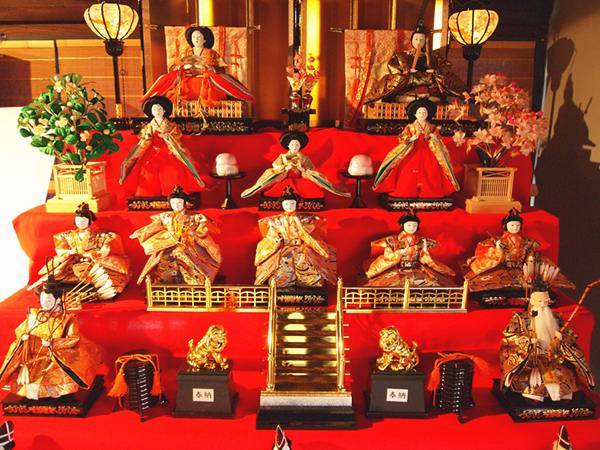
もともとは厄除けとしてつくられた雛人形でしたが、時代とともに雛人形はいにしえの宮中の装束をまとい立派で精巧につくられるようになってきました。
そのため、雛人形を川へ流すのではなく、これらを「飾る」ことで子女の健康と幸せを願う形式へと変化していったのです。
special dolls that are only for the girls’ festival
(雛祭りのための特別な人形)
Hina-ningyo (hina dolls) are special dolls wearing a traditional Japanese costume for the girls’ festival.
(雛人形とは、日本の伝統的な衣装をまとった、雛祭りのための特別な人形です。)
Hina-ningyo depicts the ancient Heian court.
(雛人形は平安時代の宮廷の様子を表しています。)
A set of hina dolls consists of odairi-sama (the Emperor), ohina-sama (the Empress), sannin-kanjo (three court ladies), gonin-bayashi (five court musicians), sadaijin (the minister of the left), udaijin (the minister of the right), and sannin-jougo (three servants).
(雛人形は、御内裏様、御雛様、三人官女、五人囃子、左大臣、右大臣、三人上戸から成ります。)
Usually, the dolls are placed on a special seven-step altar, hinadan, with the Emperor and the Empress at the top, followed by sannin-kanjo and gonin-bayashi lower down.
(ふつう雛人形は特別な7段の雛壇に飾られ、一番上に御内裏様と御雛様、そして三人官女と五人囃子が下の段に続きます。)
Recently, families increasingly choose “shinnō-kazari” (compact style).
(最近では、コンパクトな「親王飾り」を選ぶ家庭が増えています。)
↓ 続いては、菱餅、桜餅、ひなあられ、ちらし寿司、白酒、甘酒を英語で説明する表現をご紹介します。
